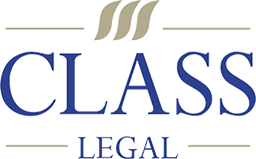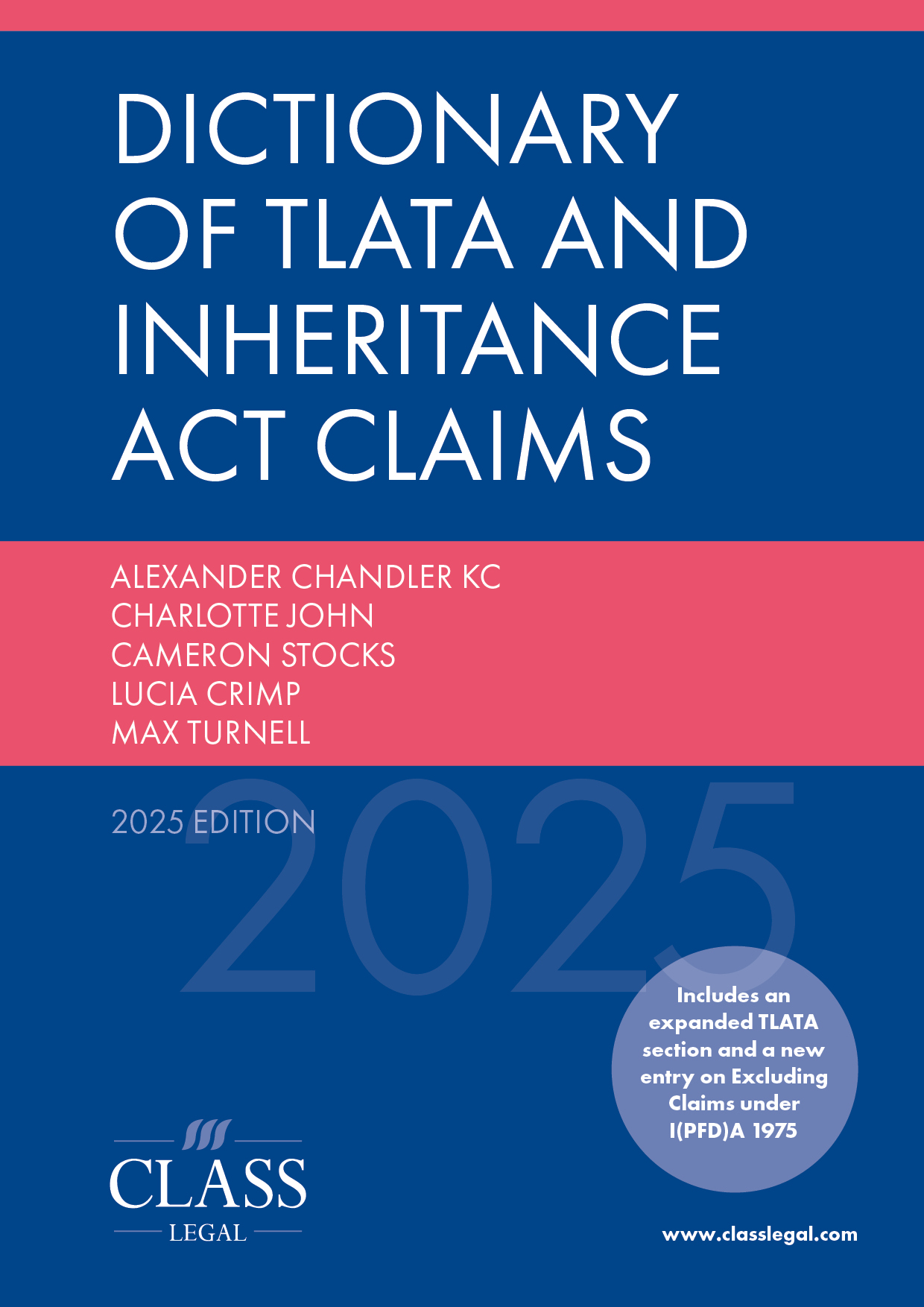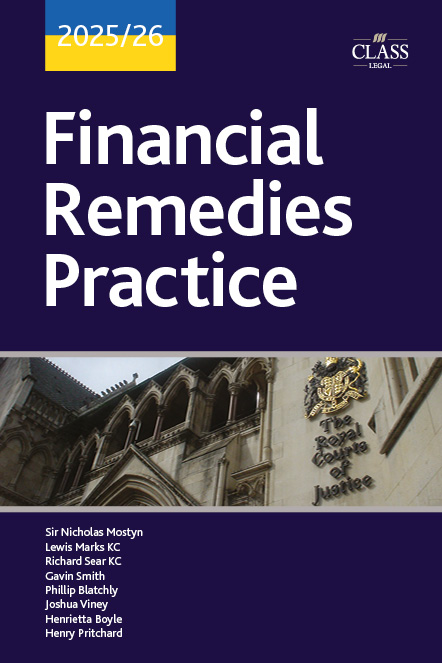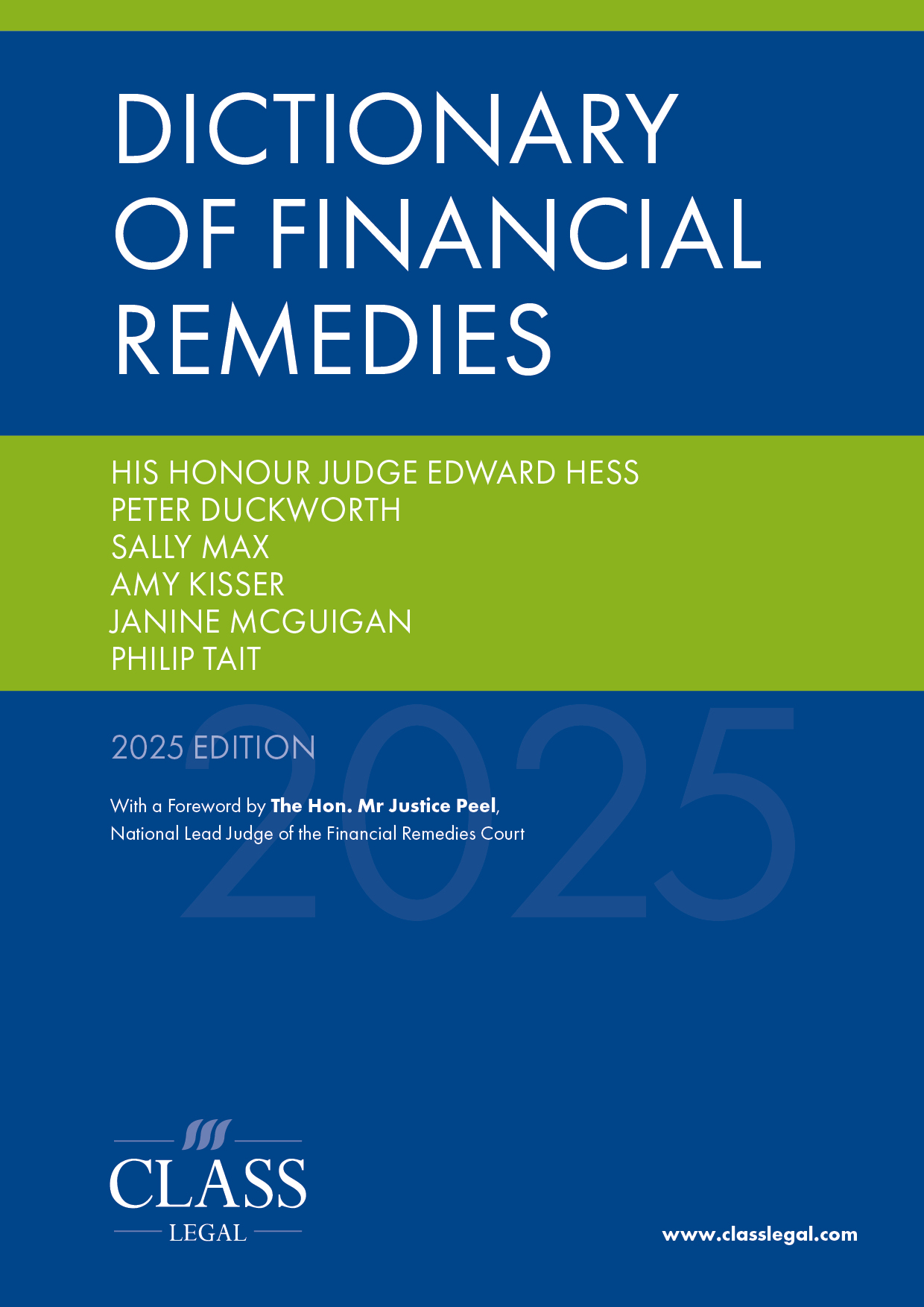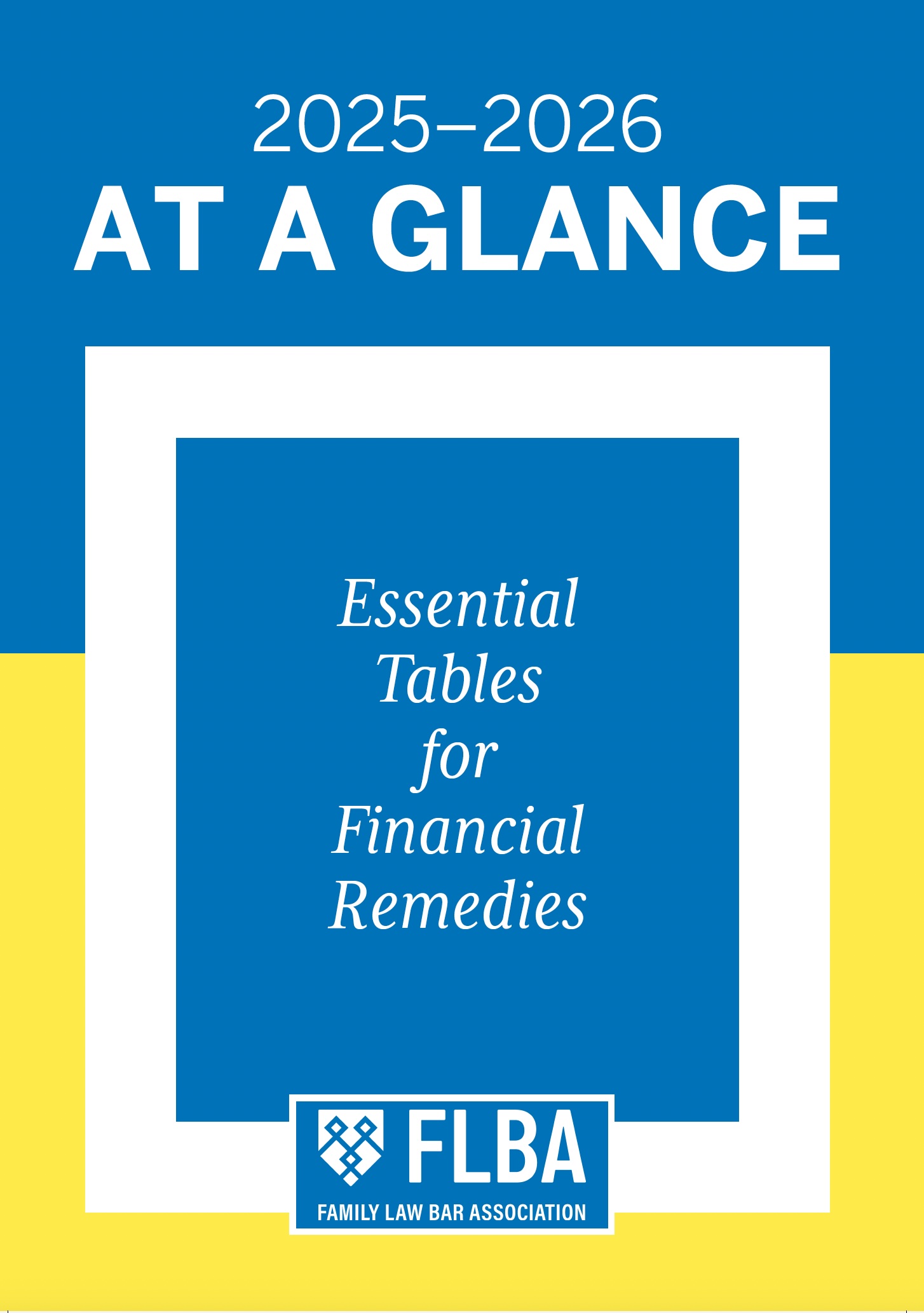
Vince v Vince [2024] EWFC 38920 December 2024
Published: 24/02/2025 08:58
https://caselaw.nationalarchives.gov.uk/ewfc/2024/389
Cusworth J. A long marriage with substantial wealth, held mostly in H’s green energy business. Questions of how to treat political donations; attributing value to pre- and post-marital business efforts; and discounting the value of a business already sold.
Ultimately, W was awarded 50.04% of the matrimonial assets, equal to 37.9% of the total asset base. Her award was to be paid in a lump sum, payable in three tranches.
The parties in this case were Kate Vince (‘W’), and Dale Vince (‘H’) of Wyatt v Vince fame. The issues in this case revolved around H’s green energy business. H is the sole shareholder of the Green Britain Group Limited (‘the business’), which has two main subsidiaries: Ecotricity Group Limited (‘EGL’) and Ecotricity New Ventures Limited.
Preliminary issues; [5]–[19]
Before the court could determine the three substantive questions put before it, there were a few subsidiary issues to be determined, including the length of the marriage and the value of H’s businesses. The majority of the matrimonial pot comprised H’s business. Cusworth J noted that the three accountants (one for H, one for W, and the SJE) had ‘narrowed the issues between them’ in the days before the trial. The remaining issue was the Terminal Value for one element of the business, Eco Retail.
Fortunately for the court, all three accountants had produced figures that were ‘appreciably within the same bandwidth’; [18]. The fact that the company was actually sold in 2022 helped the court in using the adopted value as a true value, notwithstanding the question of discounting the business; [18]. The court did not make a specific determination on liquidity, rather finding that there would be sufficient liquidity for H to pay the award within the stipulated timescales; [15].
Political donations; [20]–[28]
EGL had made significant donations (about £12.5m gross) to both the Green Britain Foundation and the Labour Party ahead of the 2024 General Election; [12a]. This issue had, as Cusworth J noted, ‘generated much sound and fury within the litigation’; [20]. W made an application under s 37 MCA 1973 to set aside these transfers – Cusworth J found this was a ‘misconceived’ application, and refused it; [22]. Of the donations to the Labour Party, Cusworth J found that ‘it was … both foreseeable and hardly inexplicable that the company should choose to make a specific large donation’ at the time that it did. It was not, as W argued, related to the financial remedy proceedings, and as such, the court refused to add back the sum of the donations to the value of EGL; [23].
As to the donations to the Green Britain Foundation (a charity ‘effectively directed’ by H’; [12a]), Cusworth J found that funds already applied to charitable purposes were to be treated in the same way as donations to the Labour Party. There was, however, around £4.5m worth of donated funds which had not been used; this sum was effectively ‘sitting in the bank accounts of the Foundation rather than those of EGL’, and was treated as if it were a part of H’s resources; [26]. Cusworth J stressed that this was ‘a matter of simple fairness’, and not an ‘add-back’; [27].
Valuing pre- and post-marital efforts; [29]–[40]
Insofar as the post-marital efforts of H, Cusworth J found that both H and ‘major external factors’ had contributed to the growth of the business since the parties’ separation in 2022. The best way to deal with this, he decided, was to add this time back to the pre-marital years, ‘as periods in the historical growth of the business where the husband’s contributions were unmatched’. It was still the current value that would be used to calculate W’s share; [29].
Much consideration was given to the pre-marital endeavour, with reference made to H’s position in his earlier Supreme Court appearance (Wyatt v Vince [2015] UKSC 14). The court found that ‘it was evidently not until 1995 that real progress was made in putting together a significant business venture’; [32]. This year – 1995 – was axiomatic for H ‘putting in place the platform for that vision on which all his subsequent, albeit uneven, success has been based’; [39]. It was in April 1995 that H’s business (EGL, then The Renewable Energy Company Limited) was incorporated ([2]) and as such, this was the ‘date of origin’ for the business.
Ultimately, Cusworth J thought it fair to apportion the value of the business according to the age of the business as compared to the length of the marriage. Having determined that the origins of H’s business success was April 1995, the arithmetic pronounced the marital share of the business to be 74.16% (356 months of existence for the business; 265 months of marriage). This percentage informed the marital element of the business value; [40].
Discounting the business; [41]–[47]
In answering this third question, the court considered authorities on discounting businesses generally, including Martin v Martin [2018] EWCA Civ 2866 and HO v TL [2023] EWFC 215.
On balance, Cusworth J thought it appropriate to deduct the net cost that would be incurred when extracting dividends from the business to meet the award made to W; [43].
H sought to reduce W’s share from 50% to 40%, discounting for illiquidity of the business and future risk held. The 10% discount sought was considered to be too much ([45]) and in any case, Cusworth J noted that this was not an appropriate case to discount W’s share of the business; [46].
Cusworth J did think it fair, however, to allow H to meet payment of the lump sum to W in tranches. The first payment would be due by April 2025, with annual payments (bearing compound interest of 4%) due afterwards; [47].
Outcome; [48]–[49]
Cusworth J took five steps to determine the award to W; [48]:
- £4.5m ([26]) was added to the SJE’s gross value for the business, producing £164.7m. Net of costs and sale and CGT, the value was £122m.
- A further £9.3m was deducted to account for the difference between dividends required and the corresponding reduction in costs and CGT ([43]). This left £112.8m total as the value of the business.
- The matrimonial element of this value was 74.2% ([40]) of the total value, or £83.6m.
- W’s share without a discount for cash ([46]) is 50% of this: £41.81m.
- This would be paid in three tranches, to include 4% compound interest ([47]). These would be: £13.94m; £14.49m; and £15.08m.
W’s total award was therefore £43.51m, or 50.04% of the marital assets; [49].

